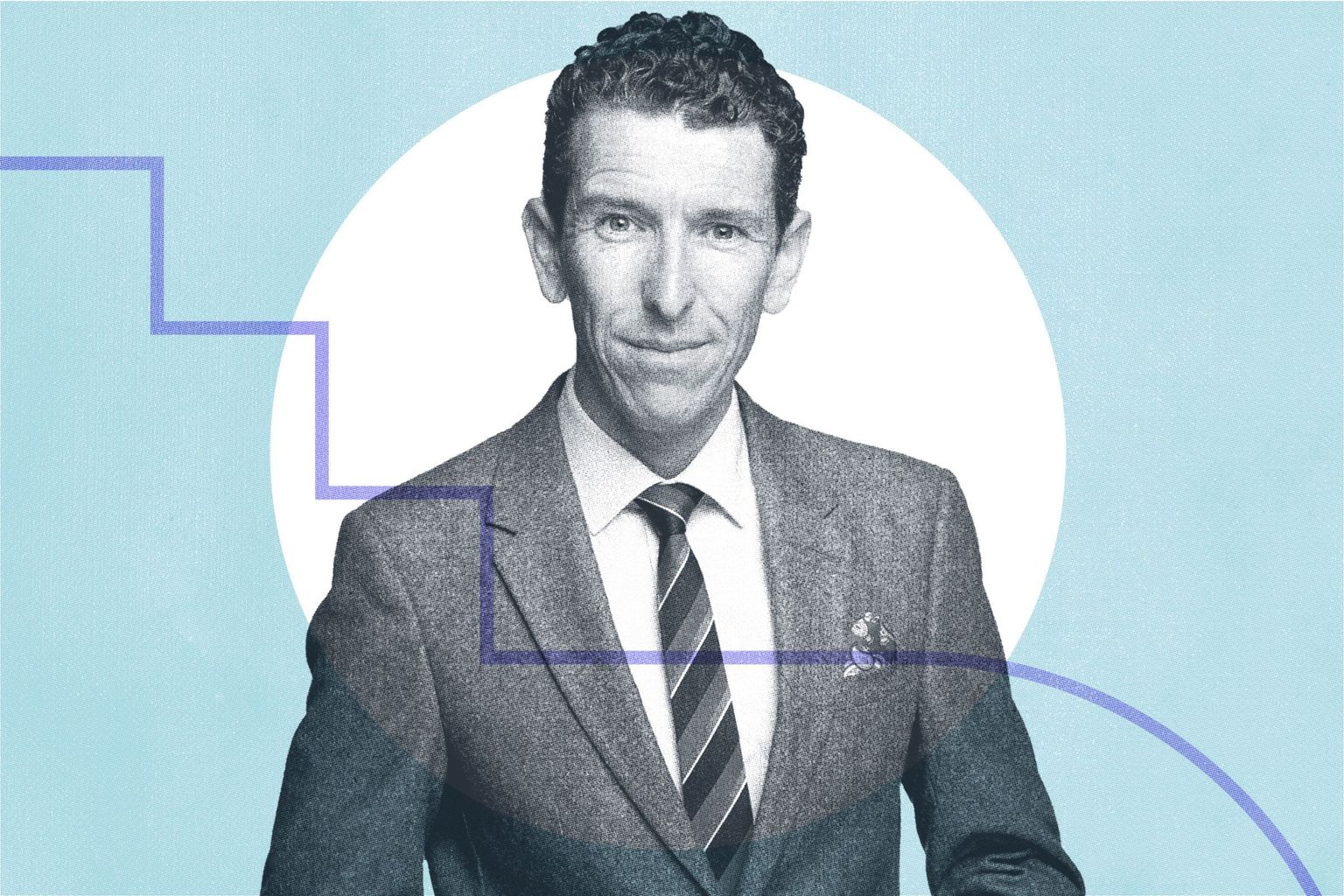
This article is based on the first episode of the StoryCraft podcast. Scroll down to listen. Photo-illustration: Emily Thiang/Photo courtesy of subject
Interest rates. Currency movements. Stock market valuations. If these words are putting you to sleep, it’s probably because Dan Ziffer isn’t the one telling you about them.
As a business reporter with ABC News, Ziffer is routinely tasked with taking the day’s corporate happenings and turning them into something not just comprehensible, but compelling. He makes it look easy. But as Ziffer explains in the first episode of our sister podcast, StoryCraft, the trick is in finding the human element. “The stories that get people the most are always about people,” he tells host Ben Hart. “They’re never about concepts.”
For crime reporters, that’s a relatively easy task—there’s almost always going to be a human victim or perpetrator with a story to tell. But in the abstracted field of finance and business, it’s not always so simple. That’s why Ziffer spends hours making sure a potential story has the right angle before setting out to tell it. “People struggle to get interested in an issue that they can't see human connection to,” he says. And without that emotional association, important stories can get lost in the news cycle.
Ziffer saw for himself how powerful the tactic could be while covering the 2019 Royal Commission into banking. At first, Ziffer was worried the commission might be a bit of a snooze fest. “There’d been more than 50 similar inquiries into the financial system in the previous five to ten years,” he says, and there was no reason to think this one would make any more of an impact. What ended up setting it apart was the human element. “[The commissioners] would have a person who had suffered a particular wrong at the hands of the banking industry, and then straight after them, they’d get the executive who was in charge of the section that had caused the problem.”
That simple plot structure—victim and villain presented in a chain of reverse cause and effect—culminated in a grand finale when the banks’ top executives finally made their appearance. “[You got] that real line between ‘person with problem crying in witness box’, ‘executive struggling to answer how problem occurred’, [and] ‘regulator struggling to answer how systemic problem occurred across the entire industry for decades’,” Ziffer says. “That flow-through of being able to explain the story with pictures in a way that people could understand.”
The effect was so powerful that Ziffer went on to write a book on the commission’s human element. He details that process—along with other tidbits about the life of a rusted-on journo—in the StoryCraft podcast.
Listen below, or subscribe on Apple Podcasts, Spotify, or wherever you get your podcasts.
